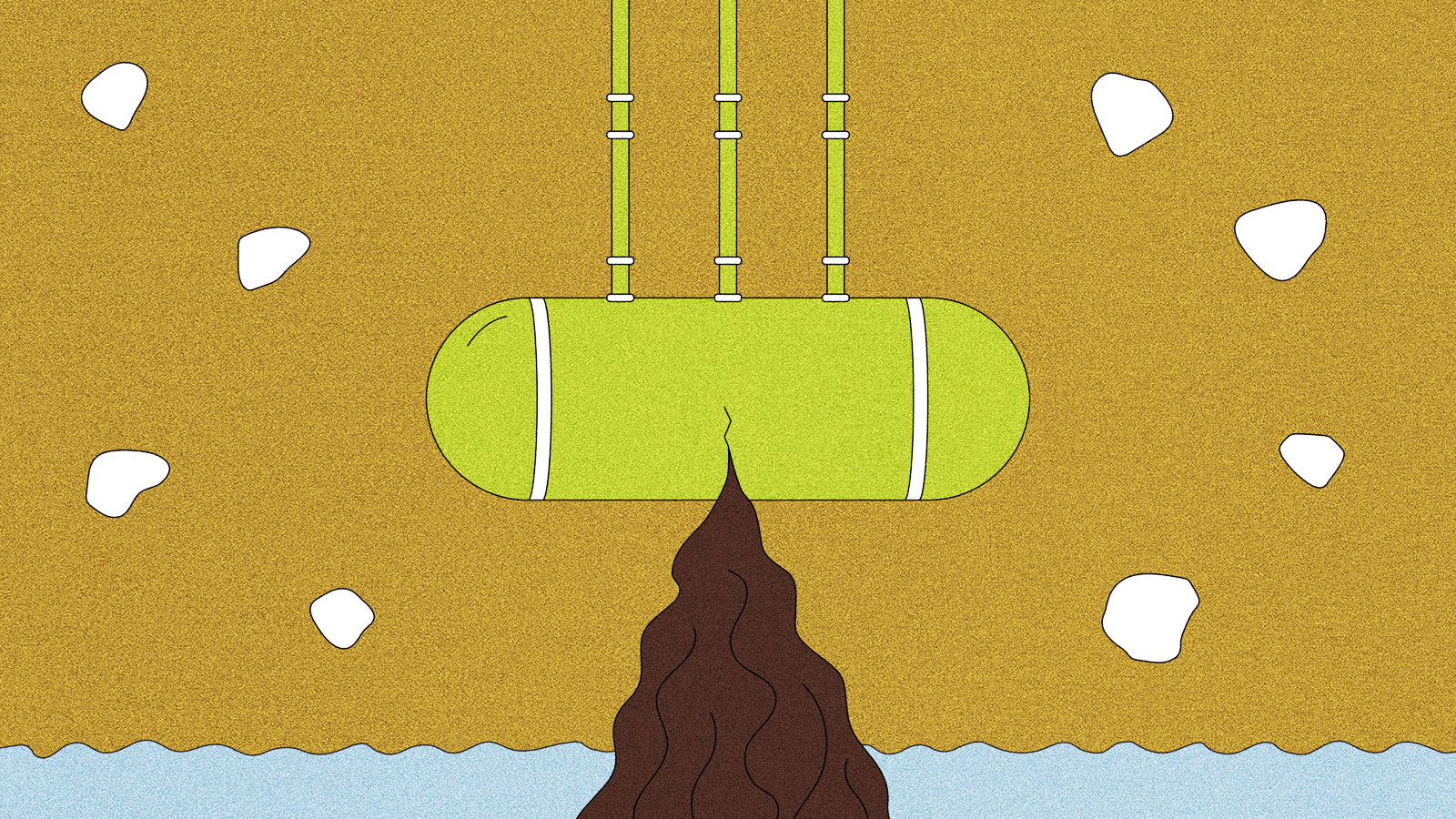The Environmental Risks of Gas Stations Revealed
Core Concepts
Gas stations pose significant environmental risks due to leaking underground storage tanks, leading to widespread pollution and contamination. The author highlights the urgent need for cleanup and prevention measures to address this ongoing issue.
Abstract
Gas stations across the country are facing a looming environmental disaster due to leaking underground storage tanks. These tanks, holding tens of thousands of gallons of fuel, are a common source of groundwater pollution. The contamination from these leaks has been stagnant for decades, with traces of gasoline-related compounds still present in the soil at alarming levels. Cleanup efforts are costly and time-consuming, with remediation costs sometimes exceeding $1 million per station.
The history of leaking gas stations dates back to the post-World War II era when steel storage tanks began corroding, leading to slow-motion environmental disasters nationwide. Despite regulations introduced in the 1980s to prevent and detect leaks, more than half a million confirmed leaks have occurred around the country. The financial burden of cleanup often falls on taxpayers as gas station owners, insurance companies, and oil companies evade responsibility.
As electric vehicles gain popularity and policies shift towards phasing out gas-powered vehicles, the future of gas stations is uncertain. Abandoned gas stations pose challenges for developers due to contamination concerns from old underground tanks. States like Colorado have implemented successful prevention programs incentivizing tank removal before leaks occur. However, new leaks continue to be discovered across the country, highlighting ongoing risks associated with aging underground storage tanks.
The Hidden Cost of Gasoline
Stats
One sample taken late last year showed levels of gasoline-related compounds 72 times higher than Washington state’s allowable limit.
Roughly 60,000 contaminated sites are still waiting to be cleaned up according to the EPA.
The Government Accountability Office estimated in 2007 that the total bill for cleanups would top $22 billion.
In Indiana alone, taxpayers spent over $21 million decontaminating gas stations owned by former Vice President Mike Pence’s family after their company went bankrupt in 2004.
More than $1.3 billion is sitting in the EPA’s trust fund for cleaning up leaking tanks.
Quotes
"This is a hazardous materials facility," Matthew Metz told me while discussing gas stations' risks.
"The whole financial underpinnings of gas stations are starting to crumble," said Matthew Metz regarding selling gasoline being a dying business.
"It’s all over the country. There are all these abandoned gas stations, and it’s just going to get worse," Matthew Metz highlighted the national scale of abandoned gas station issues.
Key Insights Distilled From
by Kate Yoder at grist.org 06-14-2023
https://grist.org/accountability/gas-stations-underground-storage-tank-leaks-environmental-disaster/
Deeper Inquiries
What innovative solutions can be implemented to prevent future leaks from underground storage tanks?
To prevent future leaks from underground storage tanks, several innovative solutions can be implemented. One approach is the proactive removal of old tanks and their replacement with newer, double-walled fiberglass tanks that are more resistant to corrosion. Regular inspections and maintenance of these tanks can also help detect issues early on before they escalate into significant leaks. Implementing advanced leak detection systems that monitor vapor levels in real-time can provide an additional layer of protection against potential leaks. Furthermore, incentivizing gas station owners to upgrade their equipment through reimbursement programs for tank removals or installations of new, compliant tanks can encourage compliance with safety standards and reduce the risk of leaks.
How can states ensure that private insurers fulfill their obligations regarding coverage for aging tanks?
States can take several measures to ensure that private insurers fulfill their obligations regarding coverage for aging tanks. One approach is to establish clear regulations and guidelines outlining the responsibilities of insurers in providing coverage for underground storage tanks. States should conduct regular audits and assessments of insurance companies offering coverage for tank liabilities to ensure compliance with regulatory requirements. Additionally, implementing penalties or fines for insurers who fail to meet their obligations can serve as a deterrent against non-compliance.
States could also consider creating oversight mechanisms such as a dedicated regulatory body or agency responsible for monitoring insurance providers' activities related to tank coverage. By increasing transparency and accountability in the insurance industry through stringent enforcement measures, states can better protect gas station owners and the environment from potential financial risks associated with leaking underground storage tanks.
Considering electric vehicles' rise and potential impact on traditional gas stations, what alternative uses could abandoned sites be repurposed for?
With the rise of electric vehicles potentially leading to a decline in traditional gas stations, abandoned sites could be repurposed for various alternative uses that benefit local communities and promote sustainability. One option is converting these sites into electric vehicle charging stations equipped with fast-charging infrastructure suitable for road-trippers or long-term parkers seeking convenient charging options while running errands or shopping.
Additionally, abandoned gas station lots could be transformed into mixed-use developments featuring retail spaces, residential units, green spaces, or community facilities like parks or recreational areas. Redeveloping these sites into sustainable buildings designed with energy-efficient features such as solar panels or rainwater harvesting systems aligns with environmental goals while revitalizing underutilized land within urban areas.
Moreover, repurposing abandoned gas stations as food hubs hosting farmers markets or food truck gatherings fosters community engagement around local produce while supporting small businesses in the culinary sector. Collaborating with artists or cultural organizations to create public art installations on these sites enhances aesthetic appeal and promotes creative expression within neighborhoods undergoing transformation due to shifts in transportation trends towards cleaner alternatives like electric vehicles.
0
